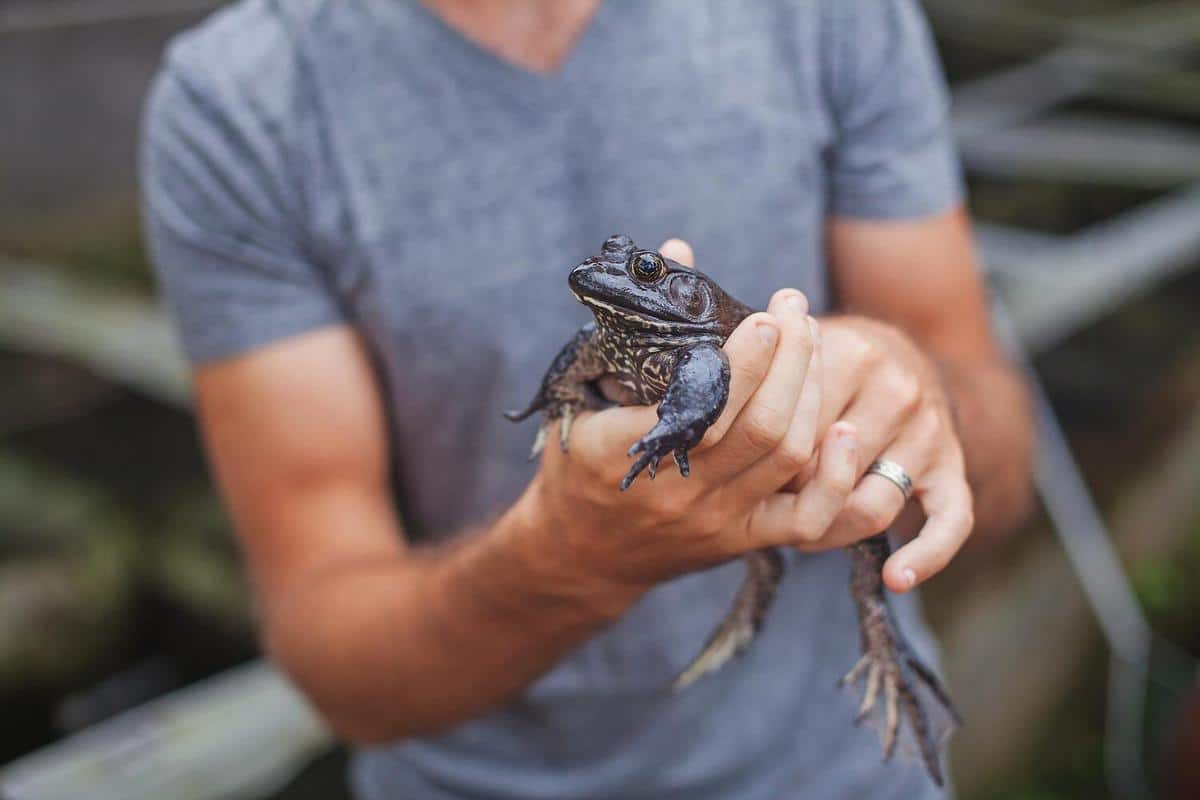
Unique Challenges of Keeping Amphibians as Pets
Welcoming an amphibian into your home as a pet can be an intriguing and rewarding experience, offering a glimpse into the fascinating world of these unique creatures. Yet, along with the allure comes a set of distinct challenges that potential owners should be well-prepared to face.
Amphibians, with their captivating behaviors and diverse species, can make for extraordinary pets. However, they require specific care that differs significantly from more traditional pets such as cats or dogs. Understanding these unique challenges is crucial for anyone considering bringing an amphibian into their home.
Understanding Amphibian Needs
Amphibians are cold-blooded animals, meaning they rely on their environment to regulate their body temperature. This necessitates a carefully controlled habitat. According to Dr. Mark Ferguson, a herpetologist, maintaining the right temperature and humidity levels is essential for amphibian health. “Without the correct environment, amphibians can quickly become stressed and susceptible to illness,” he notes.
Essential Habitat Requirements
The habitat for an amphibian often needs to mimic its natural environment very closely. This includes specific temperature gradients, humidity levels, and substrate types. A study published in the Journal of Exotic Pet Medicine highlights that humidity levels should generally be kept between 70-90% for most amphibians. The table below outlines some basic habitat needs for common amphibians:
| Amphibian | Temperature (°F) | Humidity (%) | Substrate |
|---|---|---|---|
| Tree Frog | 70-85 | 75-80 | Moss, bark |
| Newt | 65-75 | 70-80 | Soil, leaf litter |
| Salamander | 60-70 | 70-90 | Leaf litter, mulch |
| Dart Frog | 72-80 | 80-100 | Sphagnum moss |
| Axolotl | 60-64 | 70-80 | Aquatic substrate |
| Fire-Bellied Toad | 72-78 | 60-70 | Moist soil |
| Horned Frog | 75-85 | 70-80 | Moist soil, moss |
| Caecilian | 75-80 | 75-90 | Moist soil, leaf litter |
Feeding and Nutrition
Amphibians have specific dietary needs that can be challenging to meet. Many require live food such as insects, which should be gut-loaded with nutrients before feeding to ensure the amphibian receives a balanced diet. Regularly feeding a varied diet can prevent nutritional deficiencies.
Health and Veterinary Care
Access to a veterinarian who specializes in exotic pets is vital for amphibian health. Regular check-ups can help detect potential health issues early. Common problems include skin infections and metabolic bone disease, which are often linked to poor husbandry.
Commitment and Responsibility
Owning an amphibian is a long-term commitment. They can live for many years, and owners must be prepared for the dedication required. For instance, the axolotl can live up to 15 years in captivity.
Frequently Asked Questions
Do amphibians make good pets for children?
While they can be fascinating to observe, amphibians require specific care that might be challenging for young children to manage independently.
What are the common health issues in amphibians?
Common health issues include skin infections, respiratory problems, and nutritional deficiencies.
Can amphibians be housed together?
It depends on the species. Some amphibians are solitary and may become stressed if housed with others.
How often should amphibian enclosures be cleaned?
Enclosures should be spot-cleaned daily and thoroughly cleaned every 1-2 weeks, depending on the species and size of the habitat.
Conclusion
Keeping amphibians as pets comes with its own set of unique challenges, from creating the perfect habitat to ensuring proper nutrition. However, with careful planning and dedication, these fascinating creatures can thrive in captivity, offering a rewarding experience for their owners. If you’re considering an amphibian as a pet, take the time to research and prepare, ensuring you can meet their specific needs. For more information on amphibian care and other exotic pets, check out reputable resources like Reptiles Magazine and Amphibian Ark.